Home>Furniture & Design>Interior Design Trends>How To Dispose Of Sliding Glass Doors


Interior Design Trends
How To Dispose Of Sliding Glass Doors
Modified: February 18, 2024
Learn the latest interior design trends for disposing of sliding glass doors. Find eco-friendly and stylish solutions for your home renovation projects. Discover expert tips and techniques.
(Many of the links in this article redirect to a specific reviewed product. Your purchase of these products through affiliate links helps to generate commission for Storables.com, at no extra cost. Learn more)
Introduction
Disposing of sliding glass doors can be a daunting task, especially when considering the environmental impact and the proper disposal of the various components. Whether you are renovating your home, upgrading to a more energy-efficient model, or simply looking to get rid of an old sliding glass door, it's essential to approach the disposal process with care and responsibility.
In this comprehensive guide, we will walk you through the step-by-step process of responsibly disposing of sliding glass doors. From removing the door itself to handling the glass panels and frame, we will cover everything you need to know to ensure a smooth and eco-friendly disposal process.
By following these steps, you can not only declutter your space but also contribute to sustainable waste management practices. So, let's dive into the details of how to effectively and responsibly dispose of sliding glass doors.
Key Takeaways:
- Safely remove and disassemble old sliding glass doors to recycle, donate, or dispose responsibly. Protect the environment and contribute to sustainable waste management practices.
- By carefully handling and separating materials, you can recycle glass panels and salvage hardware, minimizing waste and promoting resource conservation. Contribute to a greener, more sustainable future.
Step 1: Remove the Sliding Glass Door
Removing a sliding glass door is the first crucial step in the disposal process. This task requires careful attention to detail and a systematic approach to ensure the safety of both the individuals involved and the integrity of the door itself.
Preparation and Safety Measures
Before initiating the removal process, it's essential to prepare the work area and gather the necessary tools. Start by clearing the surrounding space to create a safe and unobstructed pathway for maneuvering the door. It's advisable to wear protective gloves and safety goggles to prevent any potential injuries during the removal process.
Detaching the Door Panels
Begin by lifting the sliding door panels upward to disengage them from the bottom track. Once the panels are lifted, carefully tilt them inward to release them from the top track. It's important to handle the glass panels with extreme caution to avoid breakage or damage. Enlist the help of a partner if the door is heavy or unwieldy.
Removing the Frame
With the door panels removed, focus on detaching the frame from the opening. Depending on the installation method, the frame may be secured with screws, brackets, or adhesive. Use a screwdriver or appropriate tools to loosen and remove any fasteners holding the frame in place. Take care to support the frame as you work to prevent it from falling and causing injury or damage.
Read more: How To Childproof A Sliding Glass Door
Transportation and Storage
Once the sliding glass door and frame are detached, carefully transport them to a designated staging area for further disassembly and disposal. If the door is in good condition, consider storing it for potential reuse or donation. Properly securing the door during transportation is crucial to prevent any accidental damage.
By following these detailed steps, you can safely and effectively remove the sliding glass door, setting the stage for the subsequent phases of the disposal process. With the door successfully removed, you are ready to proceed to the next step, which involves disassembling the door frame.
Remember, patience and precision are key during the removal process to ensure a smooth transition to the subsequent disposal steps.
Step 2: Disassemble the Door Frame
Disassembling the door frame is a critical phase in the process of disposing of sliding glass doors. This step involves carefully dismantling the frame to separate its components for proper disposal, recycling, or potential reuse. By approaching this task with precision and attention to detail, you can effectively manage the disposal of the frame while minimizing environmental impact.
Tools and Preparation
Before initiating the disassembly process, gather the necessary tools, including a screwdriver, pliers, and a utility knife. It's essential to work in a well-lit and spacious area, allowing ample room to maneuver and organize the frame components. Additionally, ensure that you have a secure and stable work surface to prevent any accidental damage or injuries during the disassembly.
Removal of Fasteners and Hardware
Begin by identifying and removing any screws, bolts, or fasteners securing the frame to the surrounding structure. Use the appropriate tools to carefully loosen and extract these fasteners, taking care to organize and store them for potential reuse or recycling. Additionally, detach any hardware such as handles, locks, or weather-stripping from the frame, ensuring that these components are set aside for separate handling.
Read more: How Long Is A Sliding Glass Door
Separation of Frame Components
Once the fasteners and hardware are removed, focus on separating the individual components of the frame. Depending on the design and construction of the door frame, it may consist of distinct sections, including the top and bottom rails, side jambs, and any additional structural elements. Use caution when disassembling the frame to avoid causing damage to the components or the surrounding area.
Inspection and Cleaning
As you disassemble the frame, take the opportunity to inspect each component for signs of wear, damage, or deterioration. This inspection can help determine the condition of the materials and identify any salvageable parts that may be suitable for reuse or recycling. Additionally, clean the frame components to remove any accumulated dirt, debris, or adhesive residues, preparing them for the next phase of disposal or repurposing.
Storage and Organization
Once the frame components are disassembled and cleaned, organize them in a systematic manner to facilitate their subsequent handling. Consider labeling the components or grouping them based on their material composition, making it easier to identify recycling opportunities or potential donation options. Properly storing the disassembled frame components also minimizes the risk of misplacement or damage before their final disposition.
By meticulously disassembling the door frame and managing its components with care, you can effectively prepare the materials for responsible disposal, recycling, or potential reuse. This systematic approach sets the stage for the next steps in the disposal process, ensuring that the frame components are managed in an environmentally conscious and efficient manner.
Step 3: Recycle or Donate the Glass Panels
The glass panels from a sliding glass door can be repurposed or recycled, contributing to sustainable waste management and potentially benefiting others through donation. This step focuses on responsibly handling the glass panels to minimize environmental impact and explore opportunities for reuse.
Read more: How To Weatherproof Sliding Glass Doors
Assessment of Glass Condition
Before deciding whether to recycle or donate the glass panels, it's essential to assess their condition. Inspect the panels for any cracks, chips, or damage that may compromise their structural integrity. If the glass panels are in good condition and free from significant defects, they may be suitable for donation to individuals, organizations, or charitable causes.
Donation Opportunities
Consider reaching out to local community organizations, non-profit groups, or charitable foundations that may have a need for glass panels. These entities, particularly those involved in housing initiatives or renovation projects, may welcome the opportunity to receive donated materials. By donating the glass panels, you can contribute to community development efforts and support sustainable building practices.
Recycling Initiatives
In cases where the glass panels are not suitable for donation due to damage or other factors, recycling becomes a viable and environmentally responsible option. Research local recycling facilities or programs that accept glass materials for processing. Many recycling centers have specific protocols for accepting glass, ensuring that it is properly sorted and prepared for recycling.
Proper Handling and Transportation
When preparing the glass panels for donation or recycling, it's crucial to handle them with care to prevent any breakage or injuries. Secure the panels using appropriate packaging materials, such as bubble wrap or cardboard, to safeguard them during transportation. If donating the glass panels, coordinate with the receiving party to arrange a safe and convenient drop-off or pick-up location.
Read more: How To Lube A Sliding Glass Door
Environmental Impact
By choosing to recycle the glass panels, you contribute to the conservation of natural resources and the reduction of waste in landfills. Glass recycling helps conserve energy and raw materials while minimizing the environmental footprint associated with glass production. Additionally, donating the glass panels promotes the reuse of materials, aligning with sustainable practices and fostering community engagement.
Documentation and Acknowledgment
Whether donating or recycling the glass panels, consider documenting the process for your records. Keep track of any donation receipts or acknowledgments provided by the receiving party, if applicable. For recycling activities, maintain a record of the recycling facility or program where the glass panels were processed, highlighting your commitment to environmental stewardship.
By carefully assessing the condition of the glass panels and exploring donation and recycling options, you can effectively manage the disposal of these materials while making a positive impact on the environment and the community. This conscientious approach sets the stage for the final phase of the disposal process, ensuring that the glass panels are handled with responsibility and purpose.
Step 4: Dispose of the Frame and Hardware
Disposing of the frame and hardware from a sliding glass door involves managing various materials and components in an environmentally conscious manner. This step focuses on the responsible handling and disposal of the frame, fasteners, and any associated hardware, ensuring that these items are managed in a way that minimizes waste and promotes sustainable practices.
Separation of Materials
Begin by separating the different materials comprising the frame, including metal, vinyl, or wood components. Each material may have distinct disposal requirements based on local regulations and recycling capabilities. By segregating the materials, you can streamline the disposal process and facilitate their proper handling.
Read more: How To Lock A Sliding Glass Door
Recycling Opportunities
Research local recycling facilities or programs that accept metal, vinyl, and wood materials for processing. Many recycling centers have specific protocols for accepting these materials, ensuring that they are sorted and prepared for recycling in accordance with environmental guidelines. By opting for recycling, you contribute to the conservation of resources and the reduction of waste in landfills.
Salvageable Hardware
Inspect the fasteners, handles, locks, and other hardware removed from the door frame to identify any salvageable components. Functional hardware in good condition may be suitable for reuse in other projects or for donation to individuals or organizations in need of such materials. By salvaging and repurposing hardware, you extend the lifespan of these items and reduce the demand for new resources.
Proper Disposal Methods
For any non-recyclable or damaged frame components, adhere to local disposal regulations to ensure proper and responsible handling. Some materials may require specific disposal methods to prevent environmental harm. Consult local waste management authorities or recycling facilities for guidance on the appropriate disposal of these materials, taking into account any hazardous or restricted components.
Documentation and Compliance
Maintain records of the disposal process, including any recycling receipts or acknowledgments for donated hardware. By documenting the disposal activities, you demonstrate a commitment to environmental stewardship and compliance with waste management regulations. This documentation also serves as a testament to your dedication to responsible disposal practices.
By systematically managing the disposal of the frame and hardware from the sliding glass door, you contribute to sustainable waste management and environmental conservation. This conscientious approach ensures that these materials are handled with care and purpose, aligning with principles of responsible disposal and resource conservation.
Read more: How To Childproof Sliding Glass Doors
Conclusion
In conclusion, the process of disposing of sliding glass doors involves a series of deliberate steps aimed at ensuring responsible waste management and environmental stewardship. By following the outlined guidelines, individuals can navigate the disposal process with precision and care, contributing to sustainable practices and minimizing the impact on landfills.
The initial step of removing the sliding glass door requires meticulous attention to detail and safety measures to prevent accidents and damage. By carefully disassembling the door frame, individuals can effectively prepare the components for recycling, donation, or responsible disposal. The handling of glass panels presents opportunities for reuse or recycling, aligning with sustainable waste management practices.
Furthermore, the separation and management of frame materials and hardware play a crucial role in promoting resource conservation and minimizing waste. By exploring recycling options and salvaging reusable hardware, individuals can actively contribute to environmental preservation and the reduction of landfill burden.
Throughout the disposal process, the emphasis on documentation and compliance underscores the commitment to responsible waste management. By maintaining records of recycling activities, donations, and proper disposal methods, individuals demonstrate their dedication to environmental stewardship and regulatory compliance.
Ultimately, the disposal of sliding glass doors represents an opportunity to engage in sustainable practices and contribute to community development through donation initiatives. By approaching the disposal process with mindfulness and a commitment to environmental responsibility, individuals can make a positive impact on both the environment and the community.
In essence, the conscientious disposal of sliding glass doors is not merely a task of decluttering, but a meaningful endeavor that aligns with principles of sustainability and responsible resource management. By embracing these principles, individuals can play a significant role in fostering a more environmentally conscious approach to waste disposal and contribute to a greener, more sustainable future.
Frequently Asked Questions about How To Dispose Of Sliding Glass Doors
Was this page helpful?
At Storables.com, we guarantee accurate and reliable information. Our content, validated by Expert Board Contributors, is crafted following stringent Editorial Policies. We're committed to providing you with well-researched, expert-backed insights for all your informational needs.
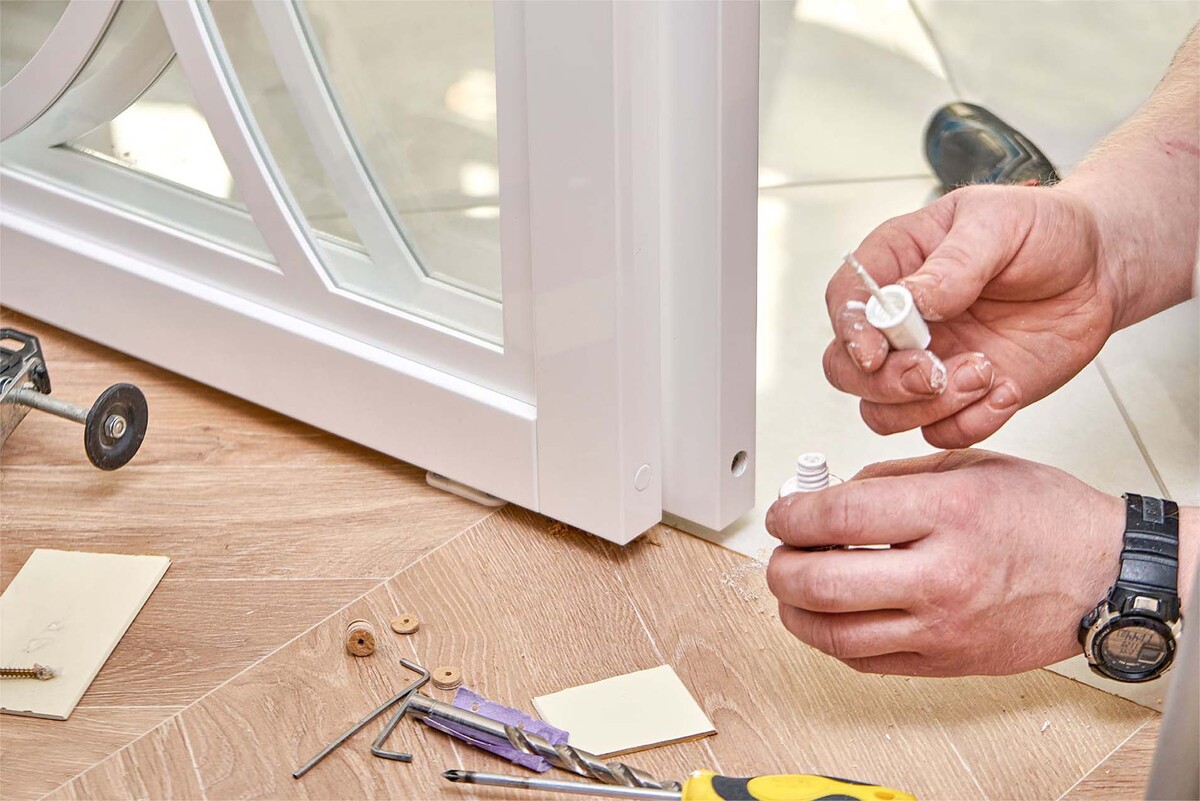


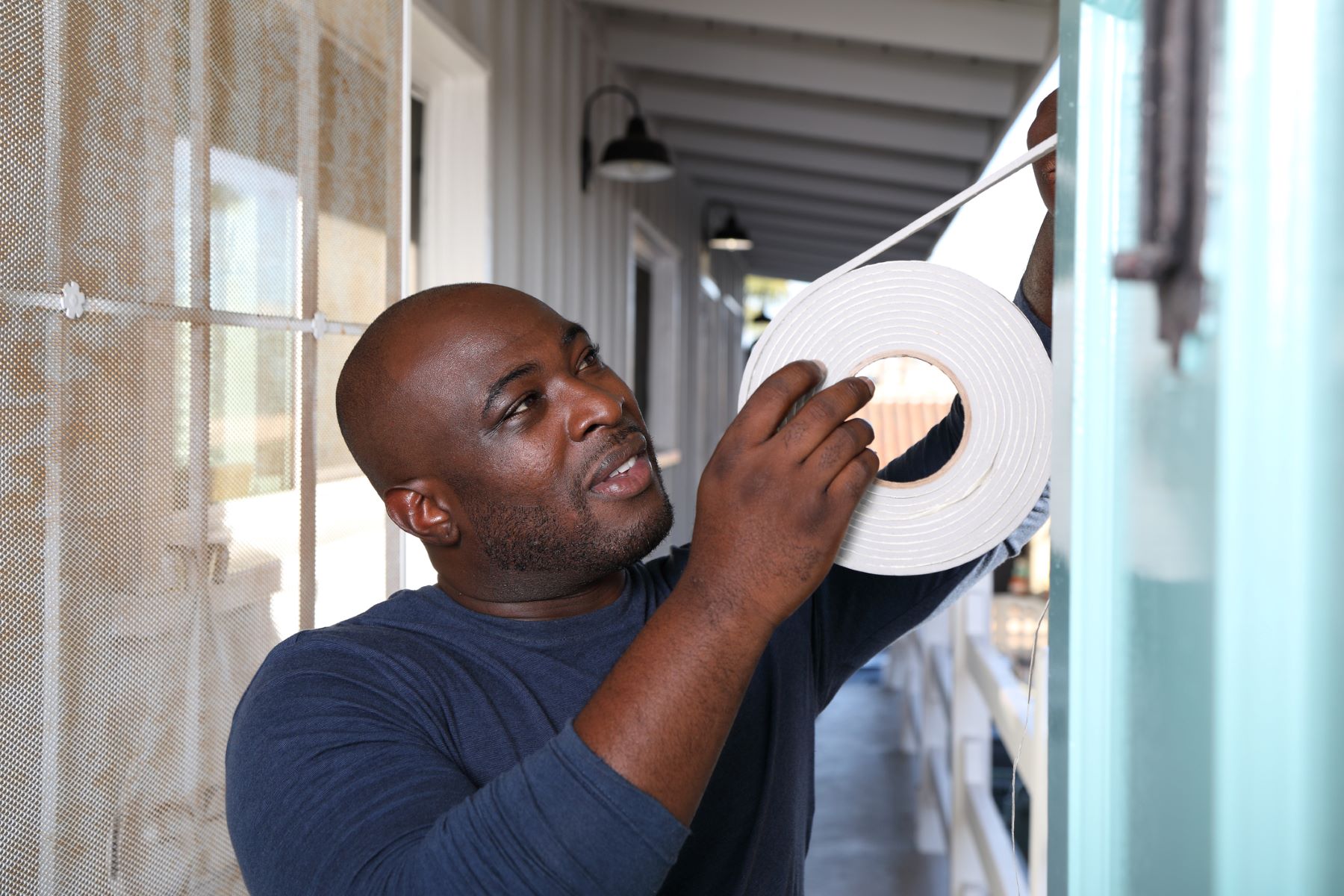
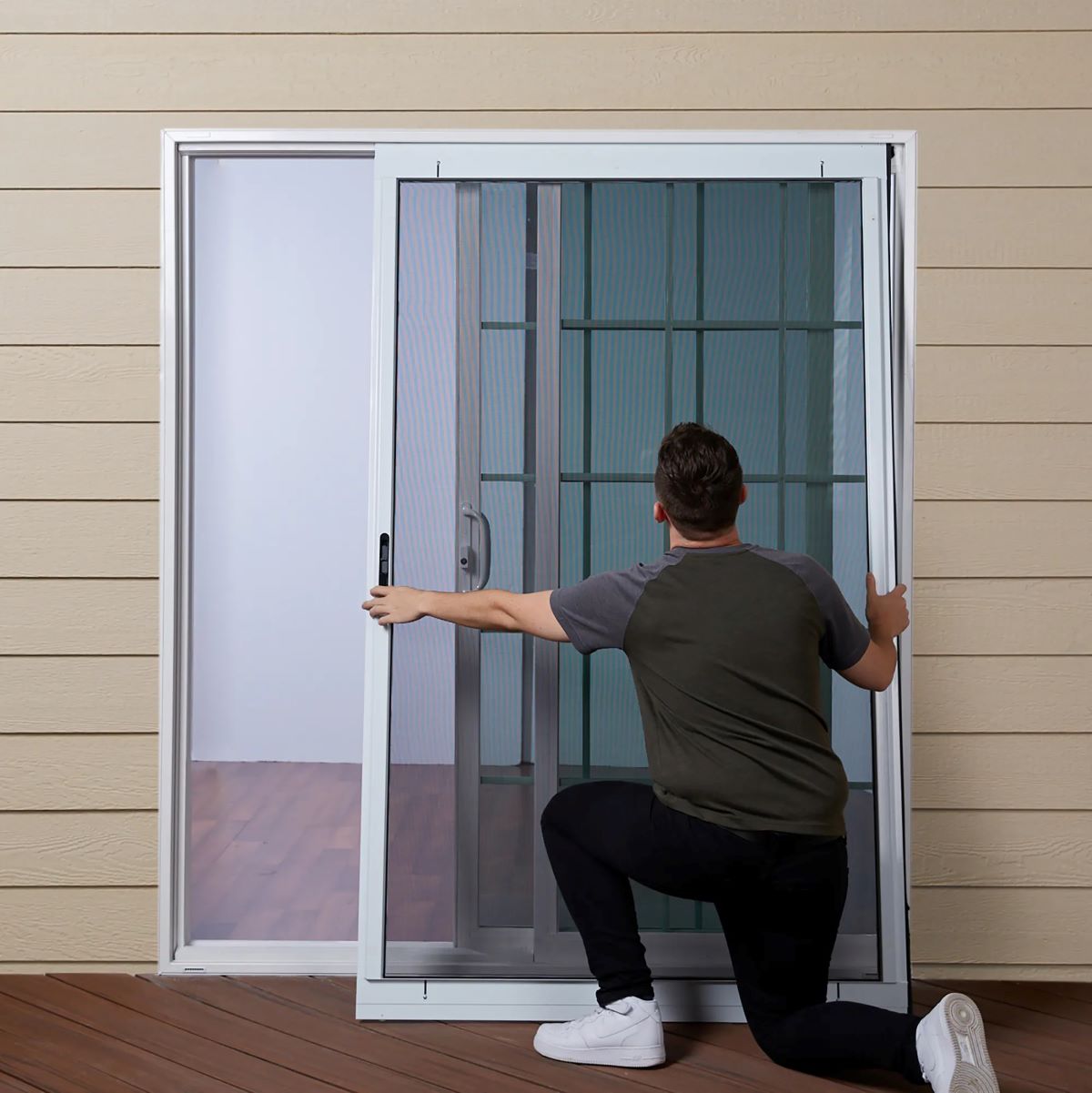
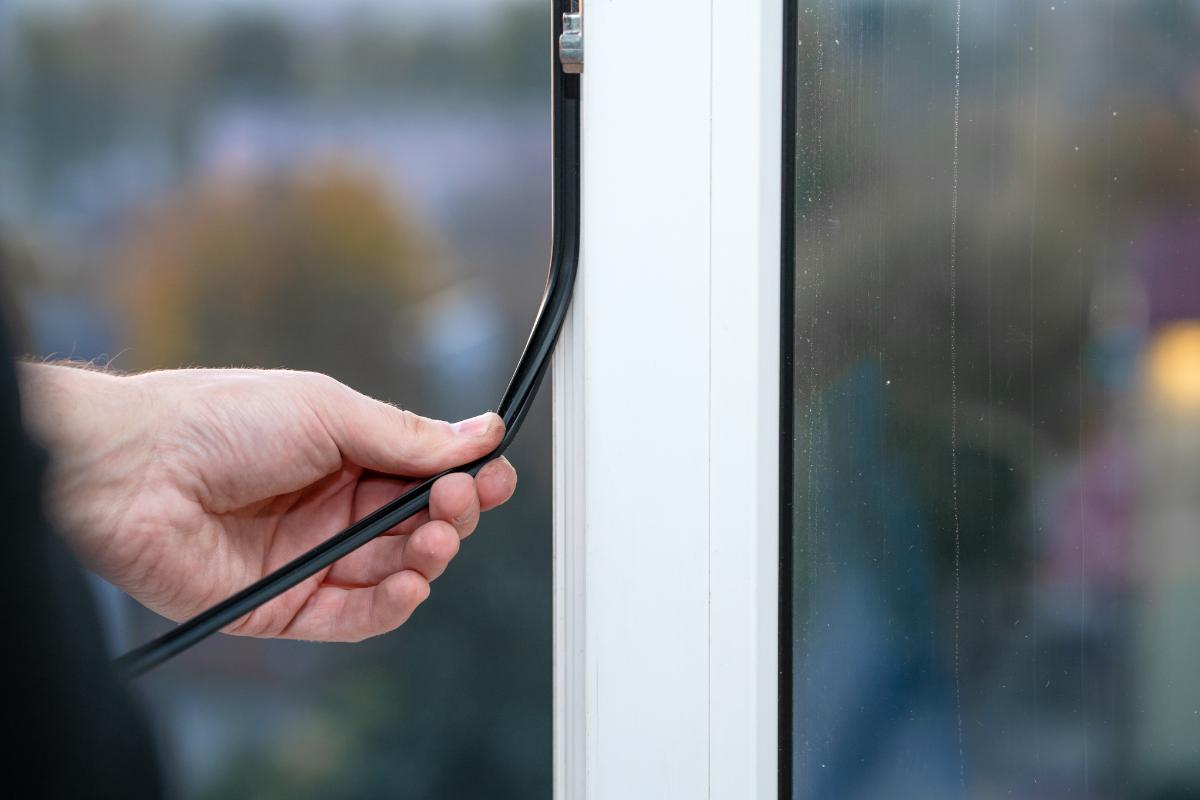

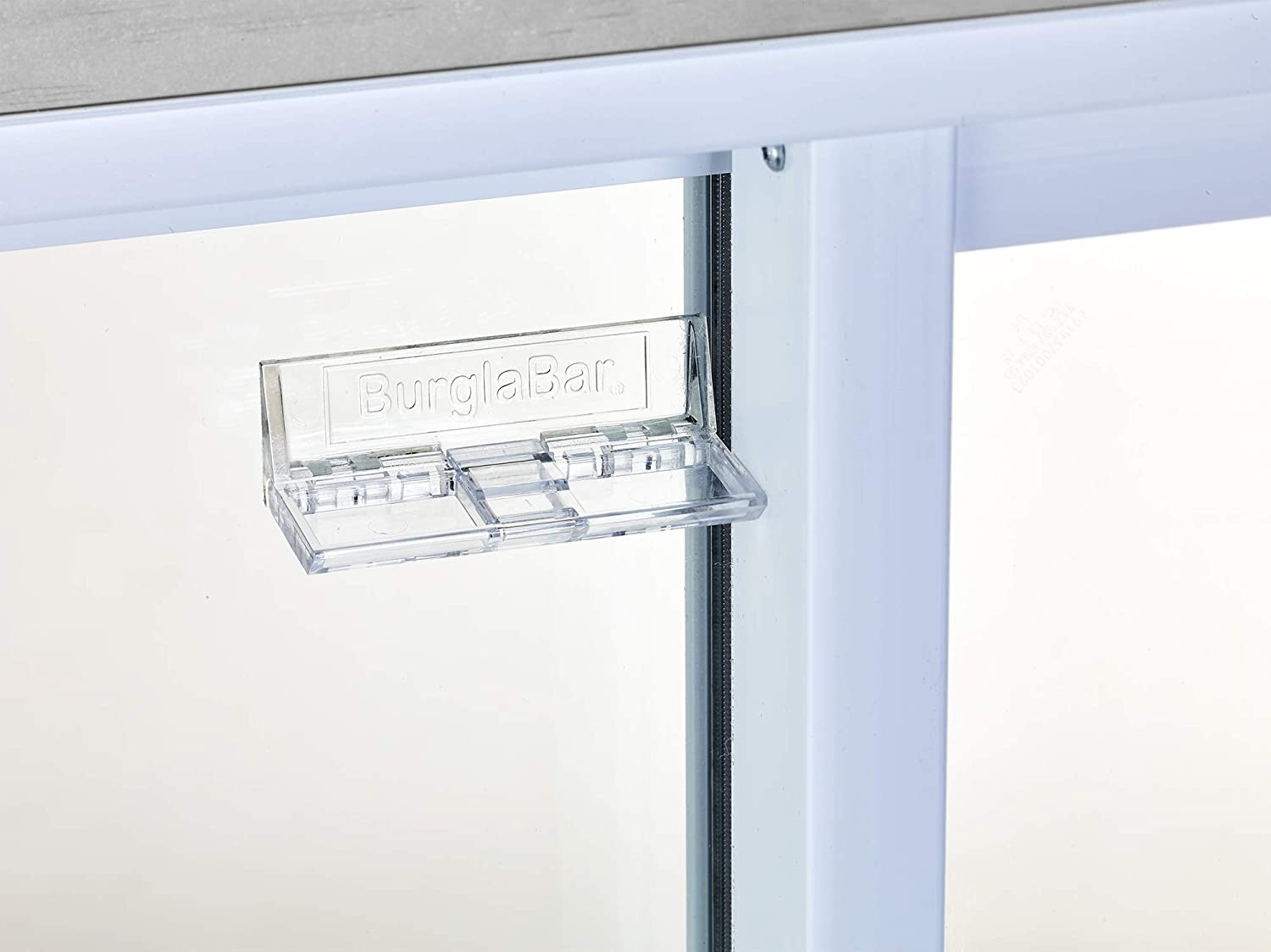


0 thoughts on “How To Dispose Of Sliding Glass Doors”